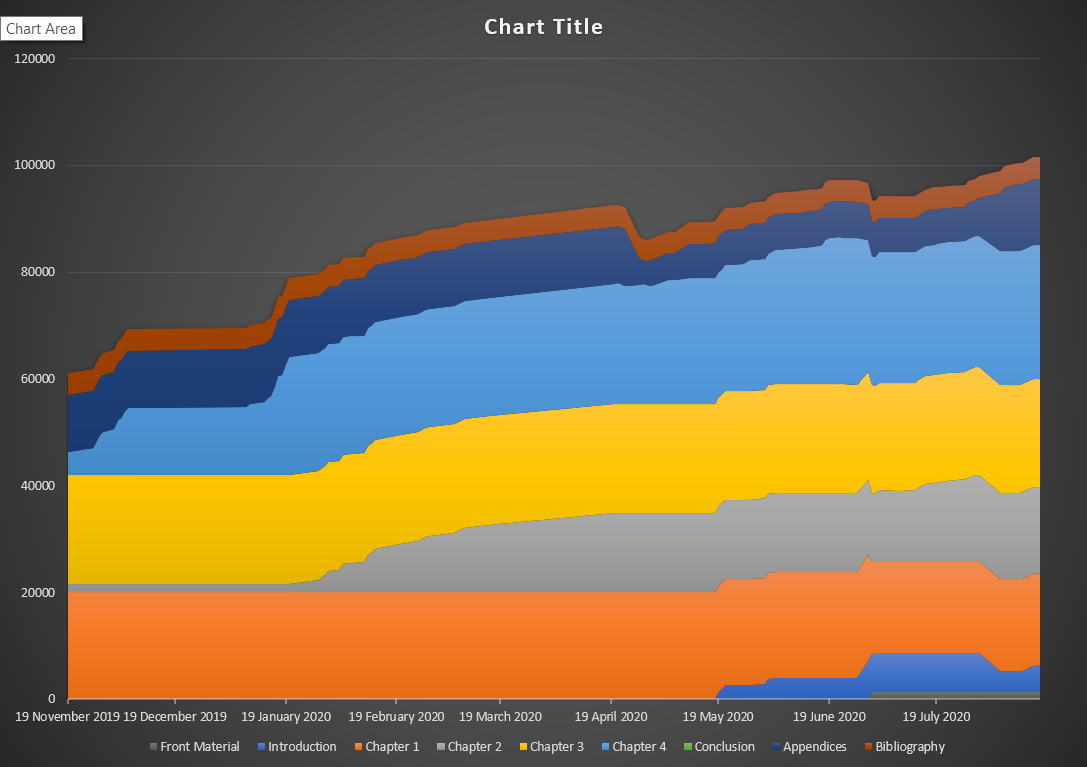Surviving Stress: The Productivity Wave
Photo of a beach at sunrise by frank mckenna on Unsplash.
Danielle Fatzinger (@bonniecelt) is the current PGR Office Intern and a 3rd-year PhD researcher in Celtic & Gaelic.
Towards the beginning of July, I came across a tweet that explained very nicely the working pattern that I had noticed in myself since the beginning of lockdown. Dr Zoë Ayres wrote about productivity as a wave, and that when we compare ourselves to others, we’re comparing productivity waves that are out of sync. While we may be at a low point one day (tired, stressed, etc), someone else may be at a high point; while we’re at a high point, someone else may be at a low one.
And the wave itself changes: our highest and lowest points of productivity are not the same when life is running smoothly compared to when we’re dealing with stressful or traumatic events (like an ongoing pandemic and associated life changes, for instance).
As soon as I read this about the productivity wave, I knew it was true. I don’t think I noticed it before the pandemic because, while there was variance in productivity, the high points lasted longer, and the low points were shorter, and they also weren’t as low. In other words: I didn’t notice because I could, for the most part, fit the wave into my schedule, with low points on weekends, and the exceptions usually related to not sleeping enough, not drinking enough water, or thinking about the future/visas. It was easier to regulate and easier to predict.
Since the start of the pandemic, however, and the associated affects on research, travel, working situation, the job market, a more uncertain future, and other such concerns, the productivity wave has been more volatile. It can fluctuate within a single day, but most commonly, I will be at a high point for 2-4 days, a low point for 1-2 days, and back up to a high point, with no sense of structure across weeks.
Thinking about it as a wave, however, has been helpful for me in the last few weeks for one important reason: it helps give me perspective when I need it, perspective that reminds me low points will not last and there are things I can do to mitigate them, and that high points need to be cared for.
It reminds me, when I’m feeling guilty because I didn’t get through as much editing as I wanted to or because I had to push a personal deadline back, that I don’t need to let today negatively affect tomorrow. I can do things to help make tomorrow better. There may be personal, emotional, or physical circumstances that affect me, and I can prepare for it, or accept that my to-do list needs to be shortened or tasks amended to accommodate…even if that means scheduling a last-minute day off or rethinking my work plan for the coming weeks.
Your productivity wave may have been affected differently than mine. Some people work better at home, or find the flexibility a positive: one colleague finds not having a commute and specific office hours fits their natural work rhythms better. Some may find that their wave is tied almost exclusively to the rhythm of their children’s days. Either way, framing it this way may make the highs and lows easier to grapple with.
What do you think of the idea of productivity as a wave? Do you think you experience it? Let us know in the comments or on Twitter @UofG_PGRblog.



